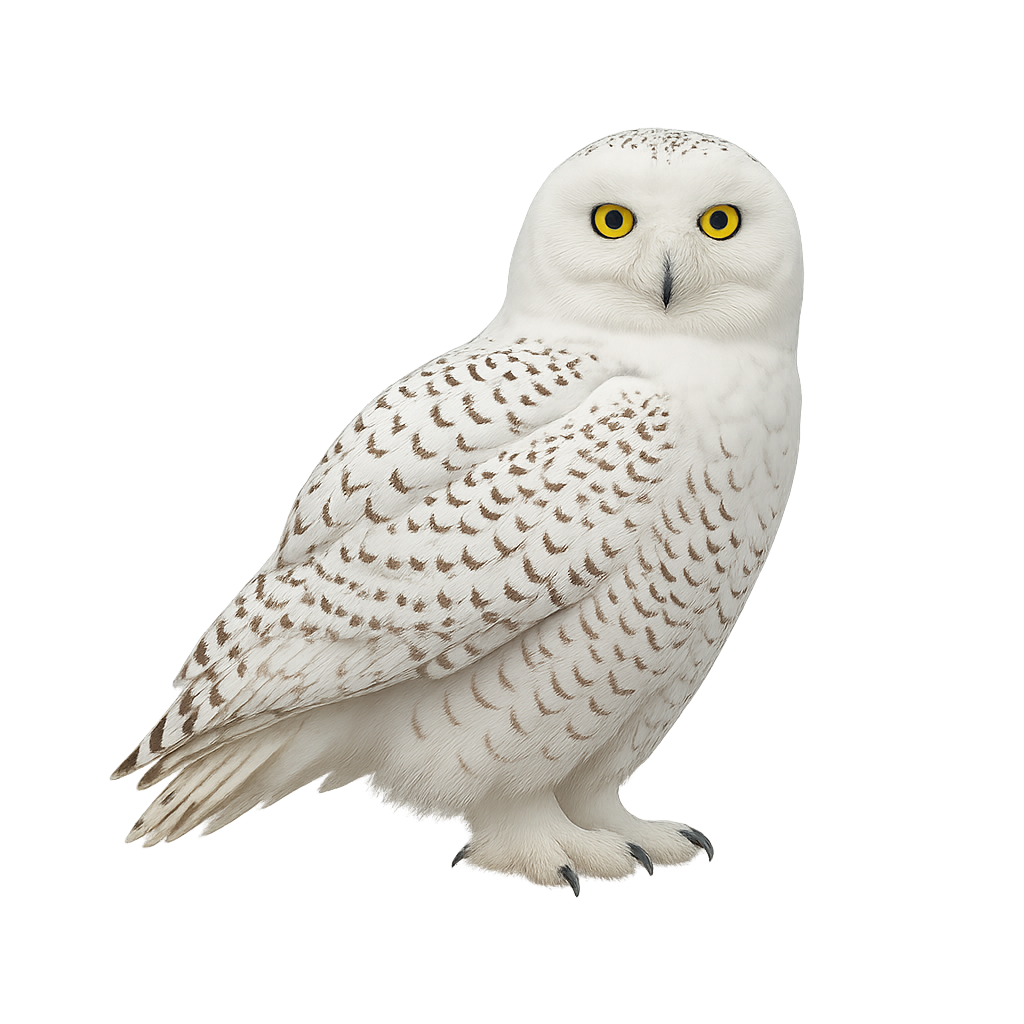Your wildlife photography guide.
Explore the snowy owl in detail, study its behavior, prepare your shots.
Where to observe and photograph the snowy owl in the wild
Learn where and when to spot the snowy owl in the wild, how to identify the species based on distinctive features, and what natural environments it inhabits. The WildlifePhotographer app offers tailored photography tips that reflect the snowy owl’s behavior, helping you capture better wildlife images. Explore the full species profile for key information including description, habitat, active periods, and approach techniques.
Snowy owl
Scientific name: Bubo scandiacus

IUCN Status: Least Concern
Family: STRIGIDAE
Group: Birds
Sensitivity to human approach: Shy
Minimum approach distance: 30 m
Courtship display: April to May
Incubation: 31–33 jours
Hatchings: May to June
Habitat:
Tundras, Arctic and subarctic regions, mainly in Canada, Alaska, and Eurasia
Activity period :
Mainly active at night, generally discreet during the day.
Identification and description:
The Snowy Owl is a large nocturnal raptor, easily recognizable by its pure white plumage, speckled with dark spots on its back and wings. It measures about 55 to 65 cm in length, with a wingspan of 1.3 to 1.5 meters, and weighs between 1.5 and 2.5 kg. Its head is round, with large, piercing yellow eyes and a short, hooked beak. The Snowy Owl primarily inhabits the Arctic regions, notably in Canada, Alaska, Scandinavia, and Russia, where it frequents tundras and snowy landscapes. It primarily feeds on small mammals, such as lemmings, but also hunts birds and occasionally fish. This raptor is an excellent hunter, capable of spotting its prey with its keen vision, even in low light conditions. Although the Snowy Owl is not currently endangered, it is sensitive to climate change and the loss of its natural habitat.
Recommended lens:
200 mm – adjust based on distance, desired framing (portrait or habitat), and approach conditions.
Photography tips:
Use a telephoto lens to photograph the snowy owl, a majestic bird often found in snowy tundras.
The best light is usually in the late afternoon or at twilight, when conditions are optimal for capturing its striking plumage.
Be discreet and respect the safety distance, especially during the breeding season, to avoid disturbing its natural behavior. Observing this species should be done respectfully to preserve its well-being and habitat.
The WildlifePhotographer App is coming soon!
Be the first to explore the best nature spots, track rutting seasons, log your observations, and observe more wildlife.
Already 1 430 wildlife lovers subscribed worldwide

